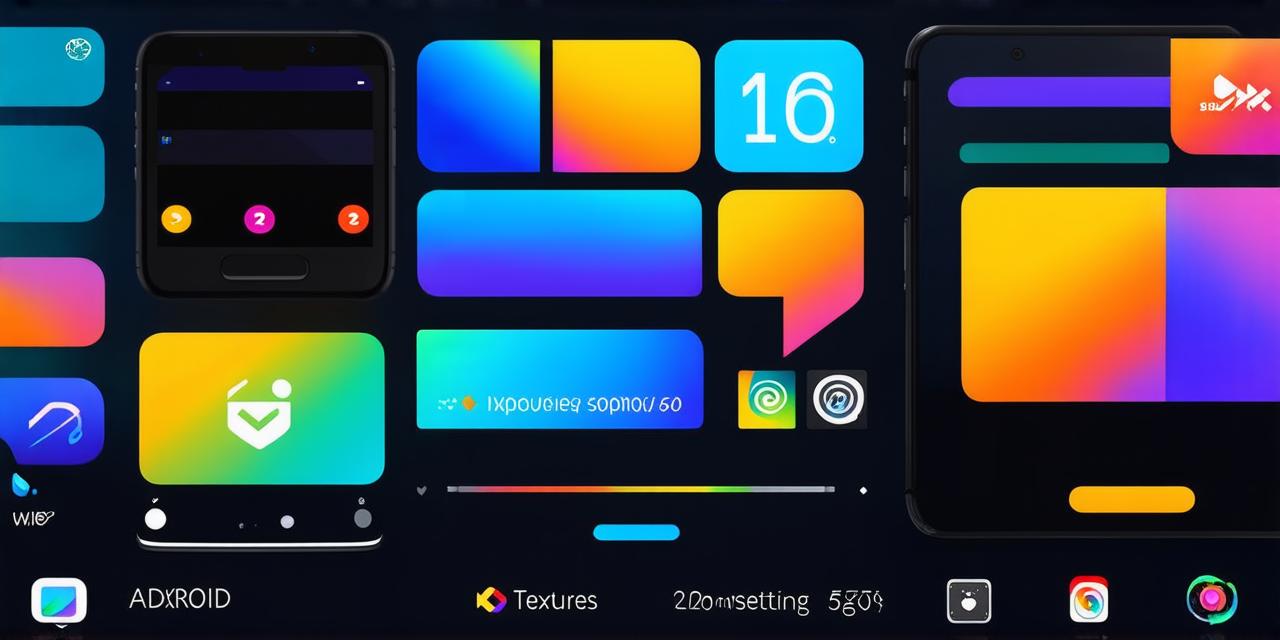Among Us is a popular multiplayer online game that requires players to work together to complete tasks while trying to identify and vote off any impostors among them. While the game was originally designed for desktop and console platforms, it has recently been released on mobile devices as well. As game developers, we can take advantage of this new platform by optimizing our game’s settings for a smoother and more enjoyable mobile gaming experience. In this article, we will discuss some tips and tricks to help you optimize your Among Us game settings on mobile.
1. Adjust Graphics Settings
One of the most important factors to consider when optimizing Among Us settings on mobile is graphics. Since mobile devices have lower processing power than desktops and consoles, it’s important to ensure that the game runs smoothly without sacrificing visual quality. Here are some tips to help you adjust your graphics settings:
- Reduce the resolution of the game to fit the screen of your mobile device. This will help reduce load times and improve performance.
- Lower the frame rate of the game to match the capabilities of your mobile device. A lower frame rate can result in smoother gameplay, but may also impact visual quality.
- Disable any unnecessary graphics features such as anti-aliasing or reflections. These features can add to the load time and processing requirements of the game.
1. Optimize Sound Settings
Sound is an important aspect of any game, and Among Us is no exception. However, mobile devices have limited audio capabilities, so it’s important to optimize sound settings to ensure a good audio experience for players. Here are some tips:
- Lower the volume of background music or ambient sounds to avoid interfering with other apps running on your device.
- Use stereo headphones if possible to improve the overall sound quality and create a more immersive experience.
- Adjust the balance between music and sound effects to ensure that both are audible and enjoyable.
1. Fine-Tune Controls
Among Us requires players to work together to complete tasks, so it’s important to optimize controls for mobile devices to ensure smooth gameplay. Here are some tips to help you fine-tune your controls:
- Use a virtual joystick for movement and touch controls for actions such as opening doors or using tools. This will allow players to control the game with one hand while keeping their other hand free for other tasks.
- Adjust the sensitivity of touch controls to suit individual preferences. A higher sensitivity may make it easier to perform certain actions, but can also result in unintentional movements.
- Use haptic feedback or vibration to provide tactile cues and improve the overall gaming experience. For example, a vibration could be used to indicate when a player has successfully completed a task.
1. Optimize Network Settings
Since Among Us is an online game that requires players to connect to a network, it’s important to optimize network settings to ensure a stable and reliable connection. Here are some tips:
- Choose a dedicated server to play on instead of joining a public server. This can help reduce lag and improve overall performance.
- Use Wi-Fi instead of cellular data if possible to ensure a more stable and faster connection. Cellular data can be slower and less reliable, especially in areas with poor signal strength.
- Close other apps running on your device that may interfere with the game’s network connection. This can help reduce interference and improve overall performance.
1. Use Analytics to Track Progress
Finally, as a game developer, it’s important to use analytics to track progress and optimize settings based on player feedback. Here are some tips:
- Monitor player engagement and retention rates to identify areas where the game may need improvement. This can help you make changes that keep players engaged and coming back for more.
- Analyze network performance data to identify any issues with connectivity or latency. This can help you optimize settings and improve overall network performance for all players.
- Use A/B testing to compare different settings and configurations and determine which ones work best for your target audience.

